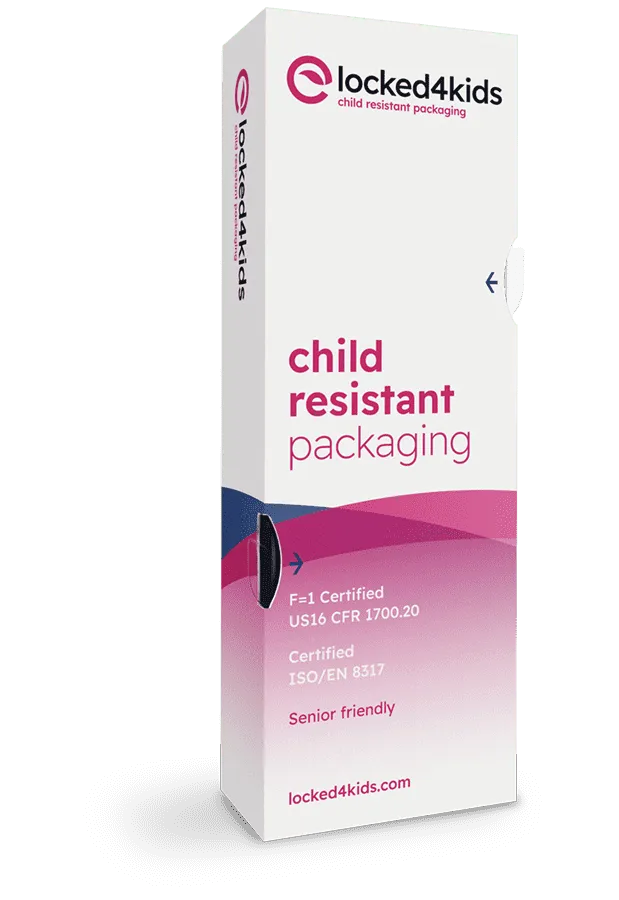Sustainable packaging comes in many forms. Organizations and activists are pushing to end production of single use plastics, petrochemical and metal-based packaging and replace all of that with recycled content and plant-based raw materials. These are ambitious goals, to be sure. And although they are not feasible within the foreseeable future, incremental steps are constantly being taken to reduce the use of ‘new’ raw materials in packaging. After all, reusing discarded packaging materials will help reduce the rate at which we deplete the earth of its natural resources, as well as divert significant amounts of waste that would otherwise end up in a landfill. In this blog post, you will learn everything about recycled content in packaging.
Requirements of recycled content in packaging
A key strategy to reducing the use of new materials in packaging is substituting some recycled material of the package for the new material. Since a recycled content product has varying physical properties and presents a contamination risk, changing a package composition to include recycled content is not an easy task. Packaging has performance requirements that must be considered. Among them include the following:
- Presentation - Recognizable container and graphics.
- Protection - Keeps contents intact, fresh and free of contaminants. Product lasts an expected amount of time and withstands palletizing and distribution processes. May be refrigerated, frozen and/or heated in oven or microwave oven.
- Performance - Withstands travel through automated filling lines, as well as temperature, humidity, sealing, closing, capping and palletization.
Defining recycled content
Recycled content is divided into two types: post-industrial and post-consumer. Post-industrial recycled content comes from factory production scrap, making it more consistent and less contaminated, resulting in higher quality products. Post-consumer recycled content, on the other hand, comes from community recycling centers and tends to have more contaminants and variability, which can lead to lower product quality and issues during packaging. Therefore, post-consumer materials are often better suited for products with less demanding performance requirements.
Difference in recycled content and recyclability
When a product is labeled as containing ‘recycled content’, it means the material may have originated from scrap or unused items produced during manufacturing, rather than being sourced from post-consumer recycling programs. In contrast, products that are labeled ‘recyclable’ can be gathered and processed into new materials once they've served their purpose.
{{cta-sample-request}}
Mandatory recycled content
Mandatory recycled content refers to regulations that require a certain percentage of recycled materials to be used in packaging. For example, European plastics producers have proposed a mandatory EU target of 30% recycled content in plastic packaging by 2030. This initiative is part of the broader EU Packaging and Packaging Waste Directive (PPWD), which sets recycling targets for various materials, including plastics, for 2025 and 2030.
The aim is to reduce reliance on new materials and move towards a circular economy. Setting final targets for recycled plastics will need cooperation between regulators and industry partners to ensure smooth implementation.
What makes the implementation of recycled content challenging?
As part of the package development process, material selection and industrial design is based on various factors:
- what contents are going to be in the package,
- what environment is needed to deliver the product through its life cycle,
- what the manufacturing and distribution will require, and
- the consumer behavior that is related to consuming the product.
These elements lead to complexity, so often, particularly in the case of plastics, a combination of materials may be used in order to deliver the best results. Read more about the problems and solutions of plastic recycling.
Types of recycled materials used in packaging
Plastic packaging
For plastic packaging, recycled content is often placed in a middle layer, surrounded by other layers to maintain safety and performance. This structure protects the product, ensures freshness, and allows for smooth outer surfaces for printing or labeling. Proper sealing is essential for packaging like films, bags, and pouches to keep products safe. Multilayer structures prevent contaminants from reaching the product. Specialized equipment is needed to create these packages, as standard monolayer machines can't handle the complexity. Monolayer packaging with recycled resin can lead to issues like contamination, inconsistent surfaces, and varying strength, making it unsuitable for many products.
Paper packaging
For paperboard packaging, recycled paper has shorter and weaker fibers after being reprocessed, so recycled paperboard for cartons, cards and trays has lower tensile and tear strength, and less folding ‘memory’, which is important to the automated carton filling process. The clay coated print surface of paperboard packaging are smoother with virgin paperboard, and probably whiter, depending on the recycled content. The quality and the color of the print surface is important in terms of brand and graphics consistency and print quality. Many consumer products brands have multiple products within a brand family that are merchandised together, so the package appearance across the brand or product line should look consistent.
How to increase the use of recycled content in packaging?
The best ways to increase the use of recycled content product is to, first, continue taking measures to deliver cleaner and more consistent batches of recycled paper and plastic to use for future applications. Secondly, evaluate the specific needs of a package during the design process to determine whether recycled content will be appropriate for the application.
Request a free sample now!










